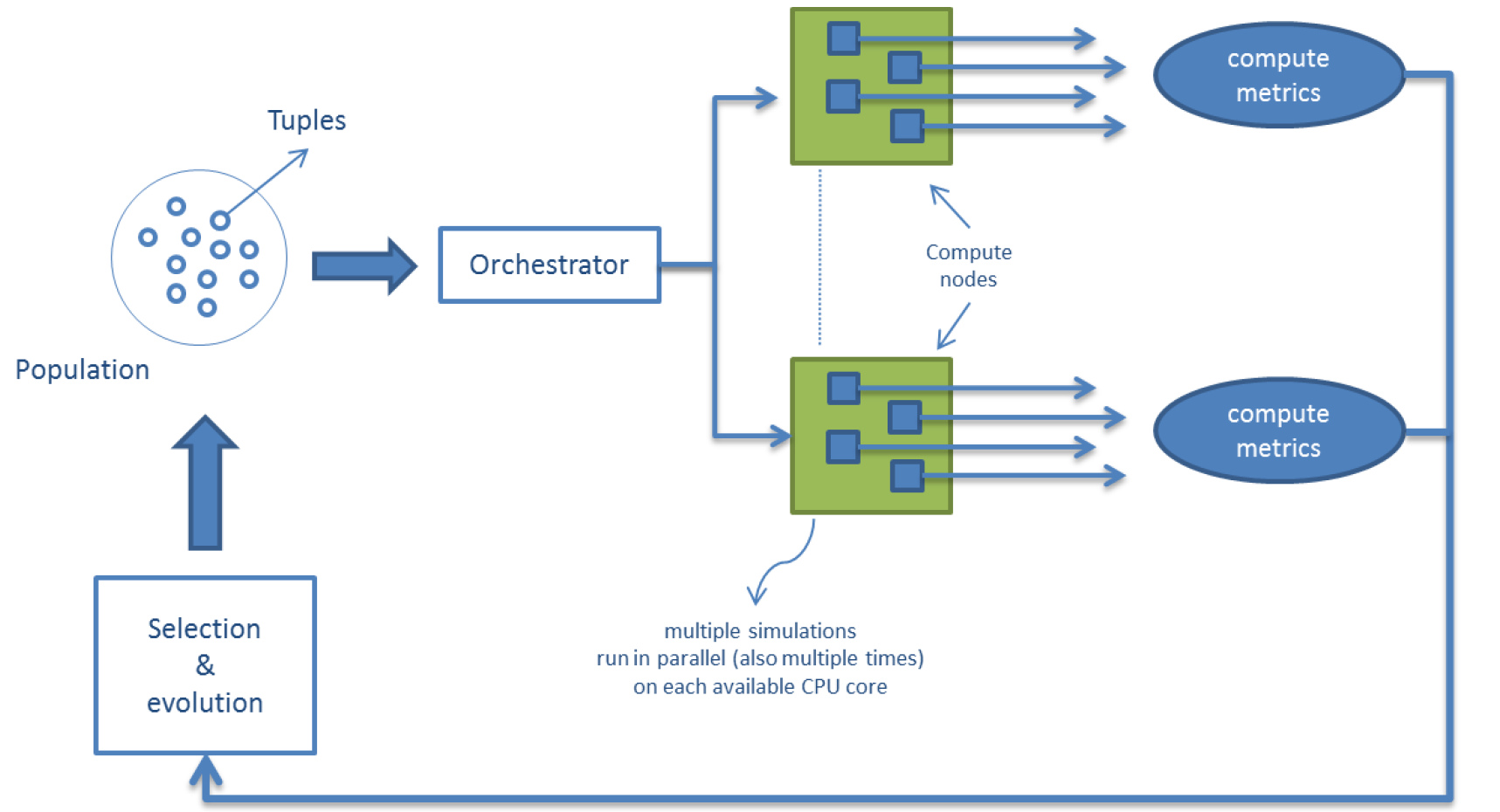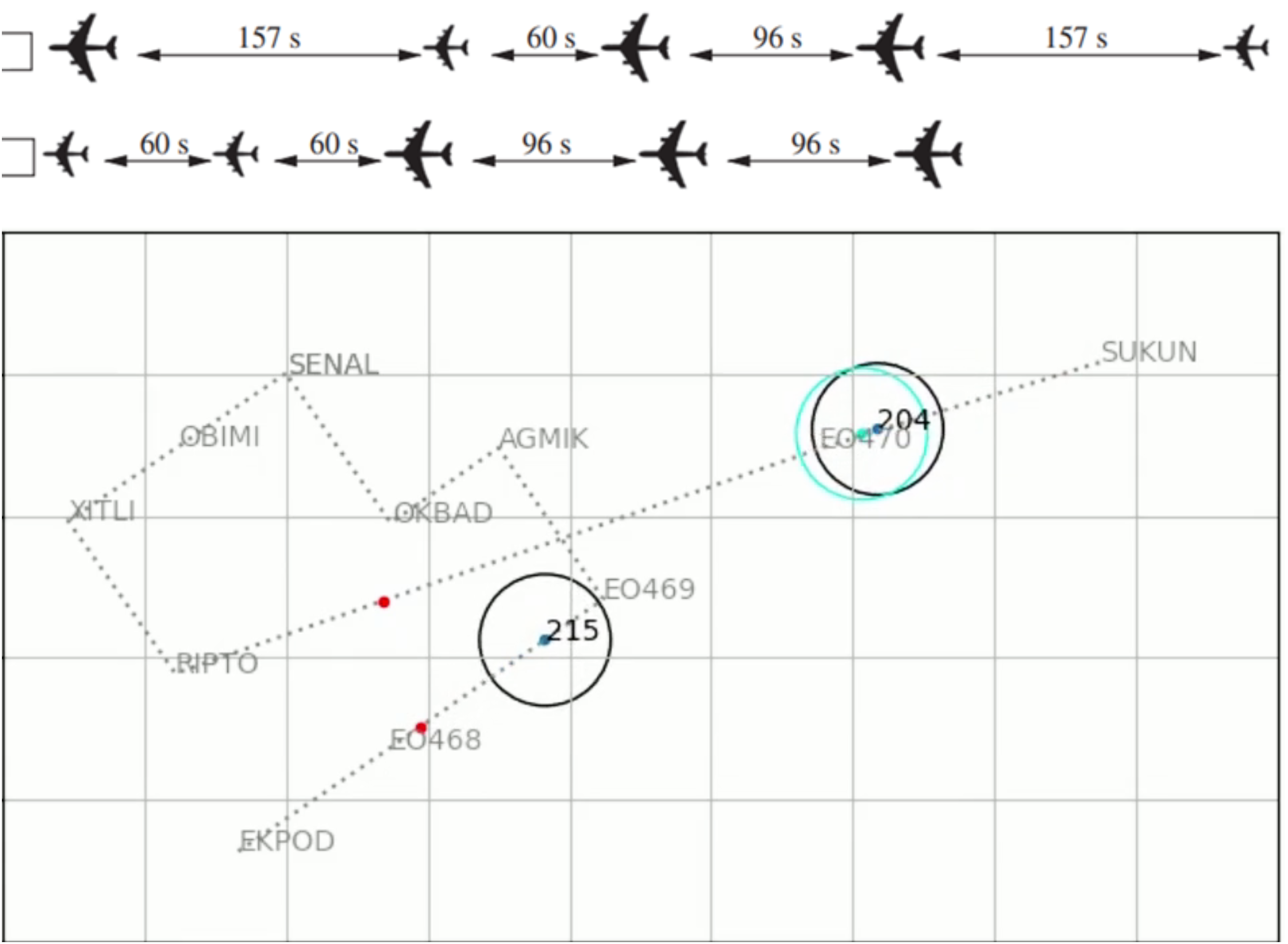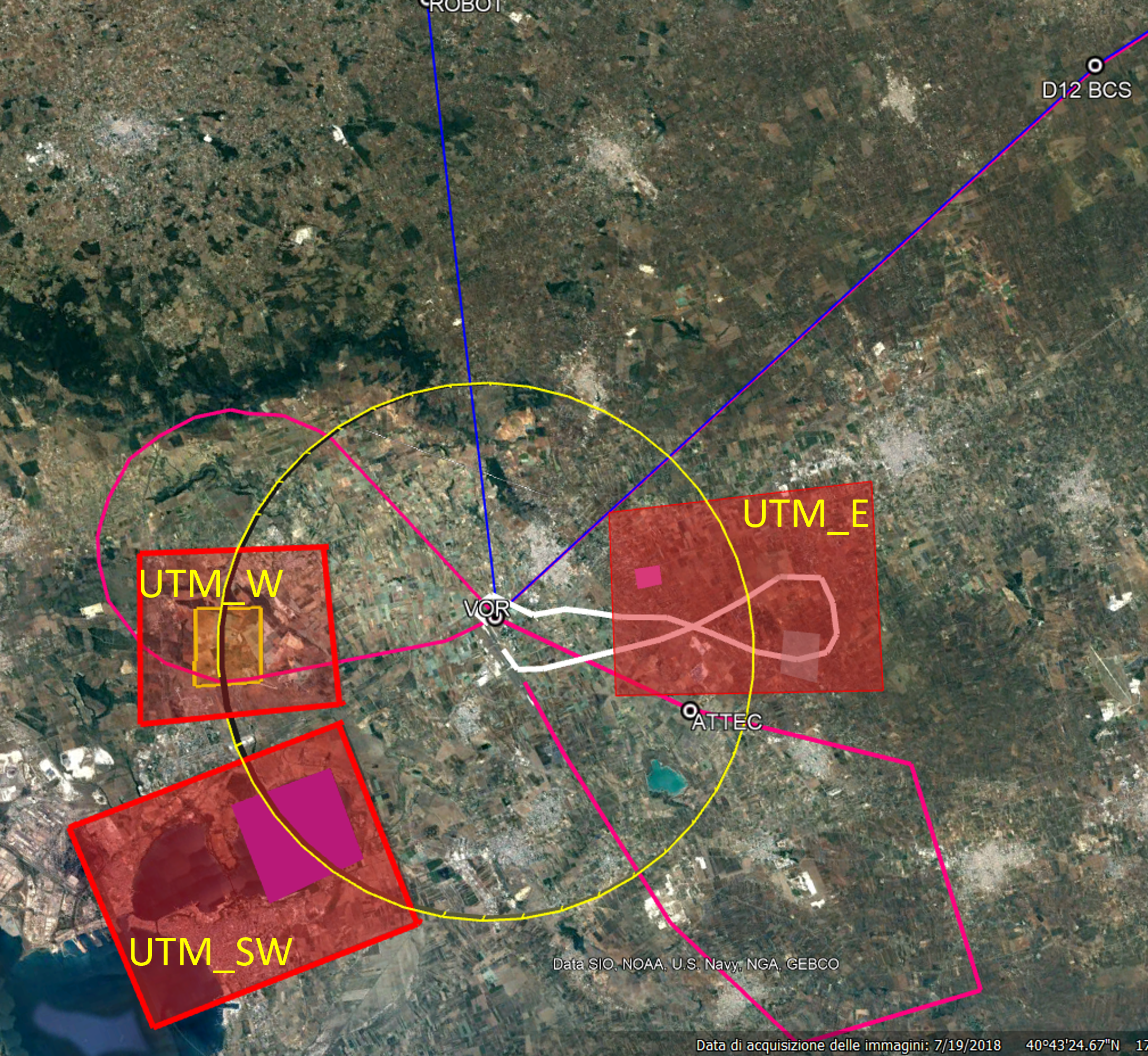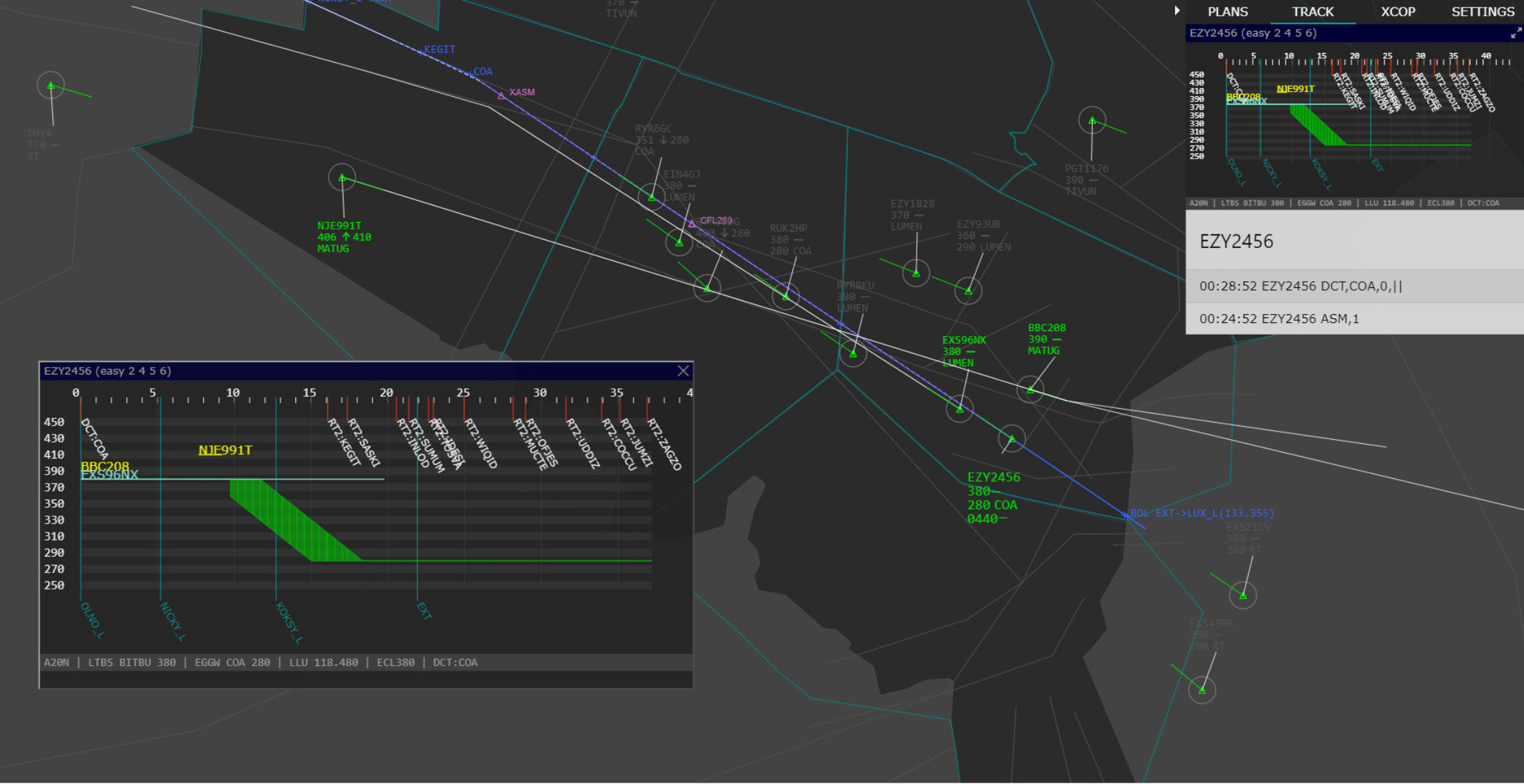About
Context
In the forthcoming years, the role of highly automated and autonomous systems, including Artificial Intelligence (AI)-powered technologies, is going to increase at a fast pace in complex socio-technical systems. The Air Traffic Management (ATM) domain is not an exception.
Certification of AI in ATM is a complex and evolving field that requires collaboration between aviation experts, AI researchers, regulatory bodies, and industry stakeholders to address these challenges and ensure the safe and efficient integration of AI into the aviation sector.
The HUCAN project will develop a novel, holistic certification approach tailored to AI-enabled ATM airborne and ground systems, setting new standards for transparency, certification, and approval processes, ensuring the highest levels of safety and efficiency in the aviation sector.
The HUCAN project also plans to provide a comprehensive set of design guidelines and accompanying toolkits that will streamline the development of automation and AI-powered technologies for manufacturers in the aviation industry.
The project is aligned with the main European research and innovation initiatives in the field.
Case driven approach
The HUCAN project adopts a case study-based approach and focuses on novel operational concepts and technologies for capacity on demand and dynamic airspace, including the integration of highly automated and AI-powered solutions and innovative services for U-Space.
Four case studies will be used to support the design and the validation of the holistic and unified approach to certification defined by the project.
Dynamic airspace sectoring
Purpose
Improvement of middle airspace utilisation obtained by means of dynamic optimization of the airspace sector configuration.
Objectives
Dynamically define and apply the best allocation of elementary sectors for:
- Air Traffic Controllers (ATCOs) workload optimization
- Capacity optimization
Flow management optimization


AI-powered digital assistants in Terminal Manoeuvring Area
Purpose
Enhance runway efficiency by optimising aircraft routing, ensuring adherence to procedures, and preventing potential conflicts.
Objectives
Provide an AI-powered digital assistant to support ATCOs to effectively manage inbound traffic and ensure continuous descent operations, with benefits for:
- Assigning the quickest routes to aircraft while minimising approach traffic queue lengths and adhering to ICAO spacing rules. This is achieved by modifying flight paths from first come first served strategy, increasing runway capacity and throughput.
- Maximising adherence to continuous descent operation procedures, with environmental impact reduction.
- Ensuring continuous coded departure route functionality (safety increased) by proactively identifying possible loss of separation, defined as simultaneous violations of horizontal distances (<5 NM) and vertical distances (<1000 ft), and taking appropriate actions to prevent them (by Reinforcement Learning technique).
- Fuel consumption reduction.
- Pilot and ATCOs workload reduction.
Dynamic airspace reconfiguration service for U-Space
Purpose
Dynamic U-Space volumes definition and information exchanges between ATM and U-Space
Objectives
Support ATCOs in shaping, activating/deactivating U-Space volumes to UAS traffic for management of priority operations, emergencies, of manned aviation in U-Space, with benefits in
- Optimization of U-Space as well as controlled airspace
- Increase of safety levels
- ATCO workload reduction


ARGOS plan
Dynamic allocation of traffic between ATCO and system
Purpose
Improvement of upper airspace utilisation by means of dynamic allocation of traffic between the ATCO and ARGOS (Air traffic control Real Ground-breaking Operational System).
Objectives
Dynamically support the ATCOs in managing the traffic in the sector, by means of issuing operational clearances to safely handle basic traffic situations and aid controllers in handling complex traffic situations. ARGOS has 3 modes of use. Two of them will be taken into account in HUCAN: the autonomous management of the traffic by ARGOS in specific circumstances and the hybrid management of the traffic between the ATCO and the ARGOS system (dynamic allocation of traffic)
Expected outcomes
A new holistic and unified certification method for ATM related systems based on advanced automation, whose main targeted users are EASA, national aviation authorities, qualified entities and Air navigation Service Providers.
Stakeholder Consultation Group
The Stakeholder Consultation Group (SCG) will serve as the nexus for stakeholder engagement. This group will be involved in direct and ongoing dialogues to discuss the project’s outputs and their practical applications.
Members of the SCG are the SESAR projects aligned with the flagship of Capacity-on-demand and dynamic airspace and Artificial Intelligence for aviation.
The diversity in developmental stages among the projects within the SCG is crucial as it offers a broader perspective and deeper insights into the challenges and opportunities within the domain of ATM automation and AI integration.
